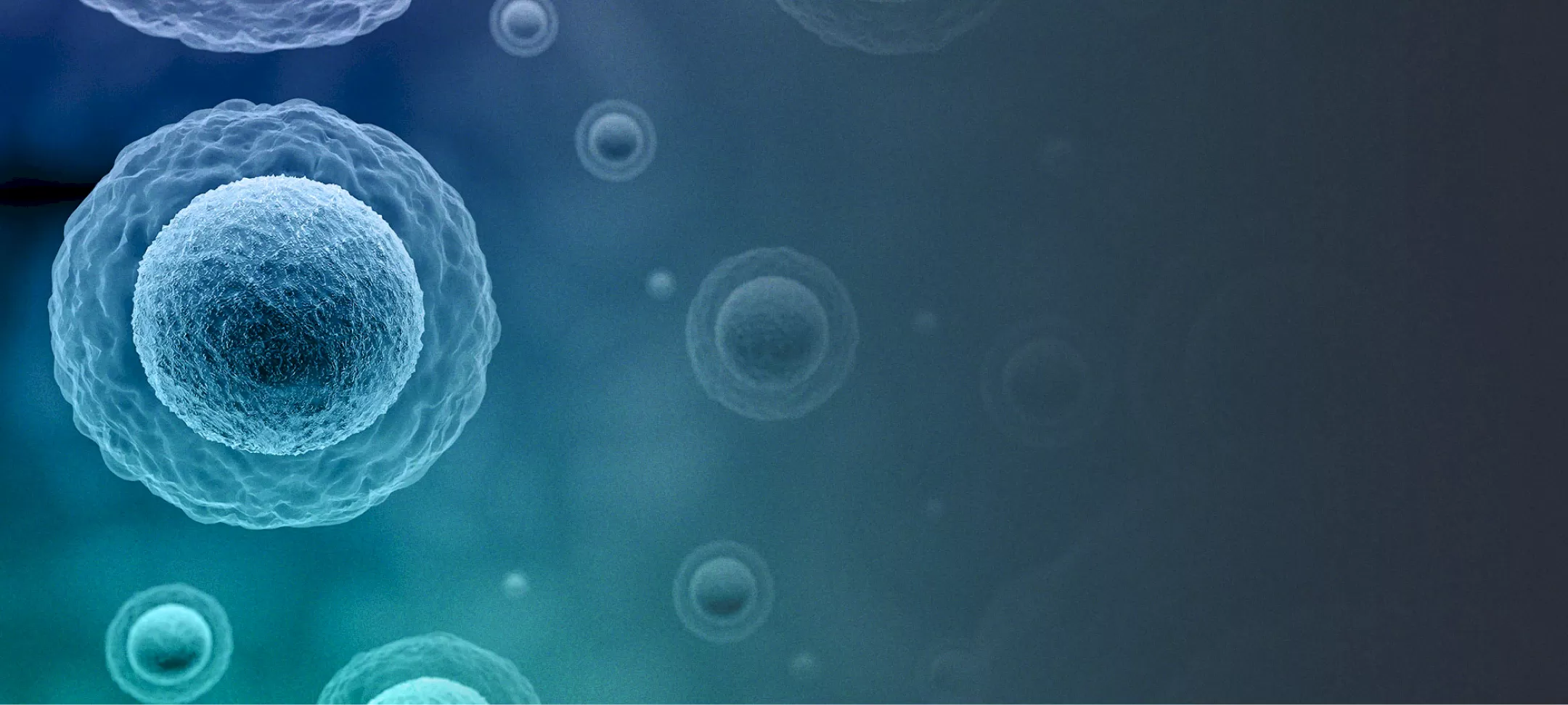Non-Viral Delivery
Work in Progress
While viral vectors are often used to deliver genetic medicine cargos, they have a number of challenges including inability to re-dose, cargo capacity, potential toxicity at higher doses and a complex and expensive manufacturing process.
Non-viral delivery address many of these challenges including the ability to re-dose and to accommodate larger cargos, and ease of manufacturing and therefore lower cost.
Unlike viruses which naturally infiltrate cells, non viral systems rely on physical or chemical mechanisms.
Work is underway in many labs around the world with the objective of making non-viral delivery to the brain a reality.
Delivery Methods
Some non-viral delivery methods for genetic medicine cargos include:
Ribonucleoprotein complexes (RNP) are the simplest components necessary to achieve genetic editing. RNP consist of an editing protein combined with a guide RNA, and are delivered as a liquid formulation to the CNS.
Lipid-based delivery systems encapsulate and protect genetic material and can be designed to target specific cell types. An example of this approach are the covid vaccines which deliver mRNA encapsulated in lipid nanoparticles.
Exosomes and extracellular vesicles are naturally occurring vesicles released by cells that can encapsulate and transport genetic material between cells. They have gained attention as potential non-viral delivery vehicles due to their biocompatibility and ability to target specific cell types.
Physical methods, like Focused Ultrasound, can enhance delivery to the brain.




